
Donald Trump, the US president, delivering a statement after the US election
Credit: AP Photo/Evan Vucci
Who or what constrains Donald Trump? That question has been asked endlessly throughout his first presidential term but in the wake of election defeat, with his hands still on the levers of power, it is once again being pondered.
In the two weeks since election day, which saw US voters switch Mr Trump with Joe Biden, the US president has sacked his defence secretary, replaced senior Pentagon officials with loyalists and dismissed his top election security official.
He has announced new US troop withdrawals in Afghanistan and Iraq, reportedly pondered some form of retaliatory strike on Iran for its growing nuclear program and is said to be considering further tough action on China.
All the while Mr Trump has avoided the press — he has not taken a single reporter question since election day, remarkable for a leader renowned for seeking to shape the media narrative — while falsely insisting via Twitter he was the true victor.
That was in a fortnight. There are two months to go until inauguration day, when Mr Trump is due to hand power to Mr Biden.
The first restraint, of course, is the law. Congress is in charge of spending and passing legislation, limiting the US president’s ability to implement radical changes on the domestic front.
The Democrats hold the majority in the US House of Representatives, one half of Congress, and therefore can veto any legislation the president attempts to force through before his departure.
That restraint is not total. Mr Trump can use presidential executive orders, which carry legal weight, to enact change, as he has done often throughout his presidency.
There are all sorts of technical moves that can be done via such orders. For example Mr Trump used that route to free up money already signed off by Congress for defence budgets to fund construction for his southern US border fence.
These executive orders are open to legal challenge, however. Federal judges could temporarily halt changes they deem legally questionable, forcing delays as they work their way up to the Supreme Court.
On foreign policy, Mr Trump is much freer. The US president is also the commander-in-chief and as such is given wide freedoms to decide military moves.
Here is where a second group of constraints come into play — the personal. Mr Trump could order a military strike. But would his generals follow through? Once such an impasse between military leaders and a president would be unthinkable, but no longer.
It is telling that Mark Milley, the chairman of the Joint Chiefs of Staff, gave a briefing to senior US broadcasters just before the election that made clear the military would play no part in any result dispute that followed.
Earlier this year Mr Trump had threatened to deploy soldiers on the streets to quell the anti-racism protests that were tipping into violence after the death of George Floyd. Defence chiefs publicly distanced themselves from the call.
And then there is a third constraint — the political.
Mr Trump is no longer facing an imminent election, freeing him from sticking to what voters might want — an argument often used to dissuade a president who pushed so hard for a second term.
However Mr Trump is reportedly considering another run for the presidency in 2024. That, theoretically at least, may give him pause before acting in any way that drastically harms his standing with supporters.
But then the opposite is also true. Mr Trump may seek "wins" in his final two months to show his base he always stood up for them. It is that which has Washington DC’s establishment braced.


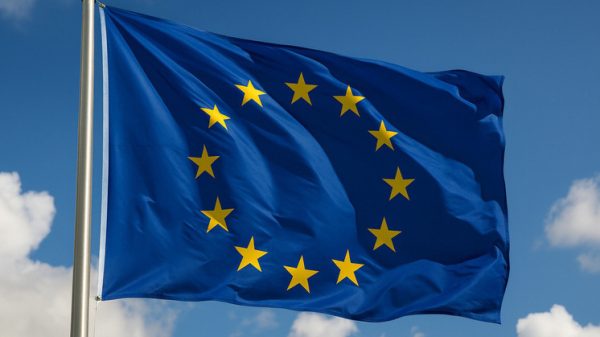





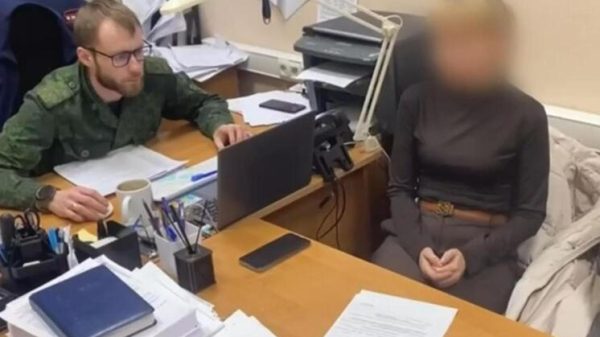
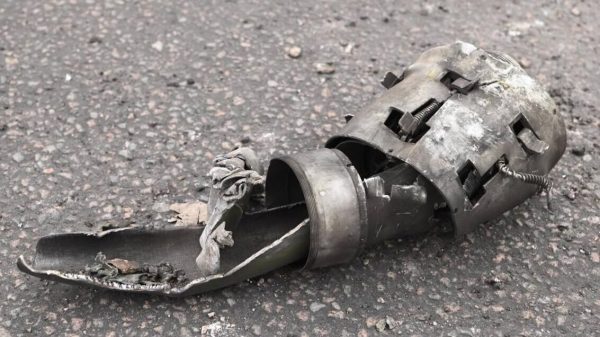



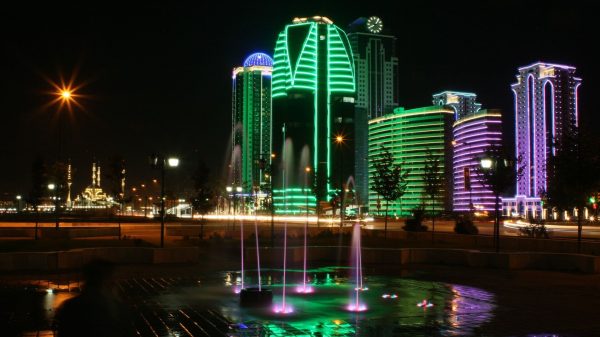




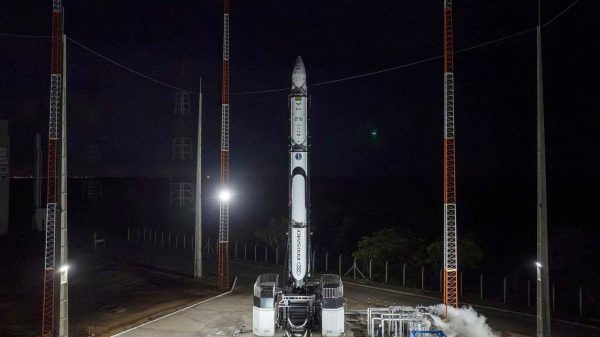
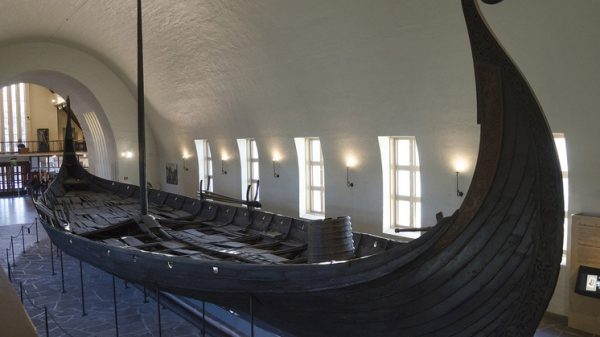















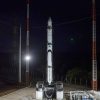














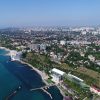



Свежие комментарии